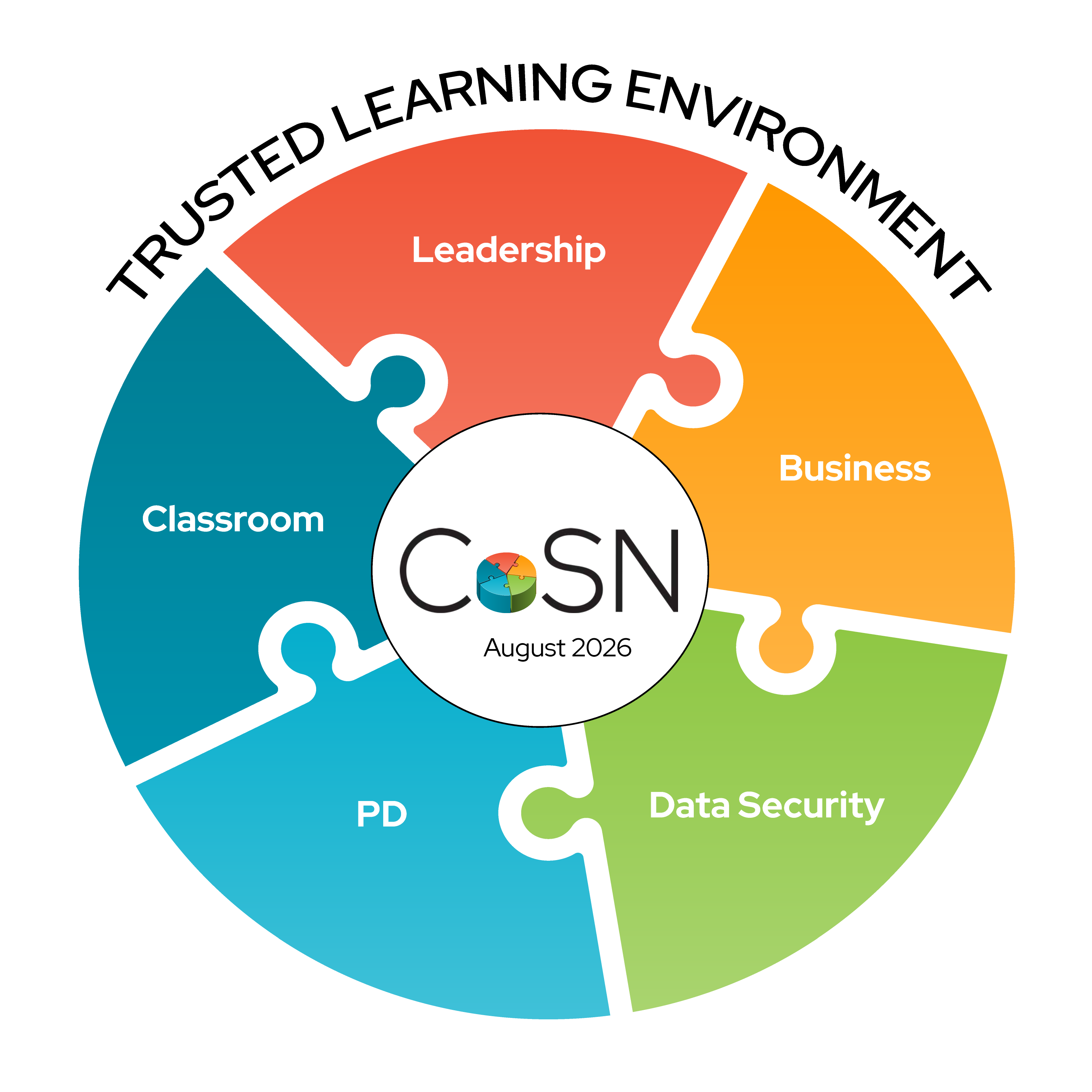Data Privacy Policy: Goose Creek CISD has taken action to ensure that all student data is handled securely and in compliance with all state and federal legislation. Through rigorous processes and high standards of compliance, our goal is to not only abide to state and federal law, but to provide students, parents, and our community with the resources and information needed to protect student privacy. This is accomplished by a process of continual improvement of security practices. The district employees the principle of least privilege and role based security to ensure that data is only accessed by those that have a legitimate educational purpose. A multi-layered defense is also employed to ensure that your data remains protected. As the technology landscape is constantly changing, these processes are reviewed at least annually to make sure they are still relevant and provide strong protection. In an effort to achieve these goals, the Goose Creek CISD Technology Department seeks to implement the following programs:
- Trusted Learning Environment Seal Program - The CoSN Trusted Learning Environment (TLE) Seal program is the nation’s only data privacy framework for school systems, focused on building a culture of trust and transparency. The TLE Seal was developed by CoSN in collaboration with a diverse group of 28 school system leaders nationwide and with support from AASA, The School Superintendents Association, the Association of School Business Officials International (ASBO) and ASCD. School systems that meet the program requirements will earn the TLE Seal, signifying their commitment to student data privacy to their community. TLE Seal recipients also commit to continuous examination and demonstrable future advancement of their privacy practices.
CoSN has awarded the Trusted Learning Environment (TLE) Seal to Goose Creek Consolidated Independent School District (GCCISD) in 2022 and 2024. The TLE Seal is a prestigious national distinction that school districts earn for demonstrating a commitment to protecting student data through modern, rigorous policies and practices.

- Texas Cybersecurity Framework - The Texas Cybersecurity Framework is a self-assessment to determine cybersecurity risks. While local governments and K-12 organizations are not required to submit a Cybersecurity Plan to the State, using the framework helps to align security goals and practices with other government entities and institutions of Higher Education across the State of Texas.
The district uses data to support a variety of processes throughout the district including supporting student learning, evaluating teachers, improving instructional and operational practices, and complying with various state and federal requirements. For more information on who uses student data, see this infographic.
GCCISD uses many applications to encourage learning through innovation. See this page for more information on approved/denied applications and the process for requesting a free or paid app.
Website Privacy Policy: Goose Creek Consolidated Independent School District (Goose Creek CISD or GCCISD) is committed to respecting and protecting your privacy as a visitor to our websites. This includes the Here, We Grow Giants site. We will only collect, store and use your personal information for defined purposes. Goose Creek CISD values accountability and transparency at all levels including ensuring that student data privacy and security are a top priority. For more information on what data is collected as well as records management, see the Data Governance tab.